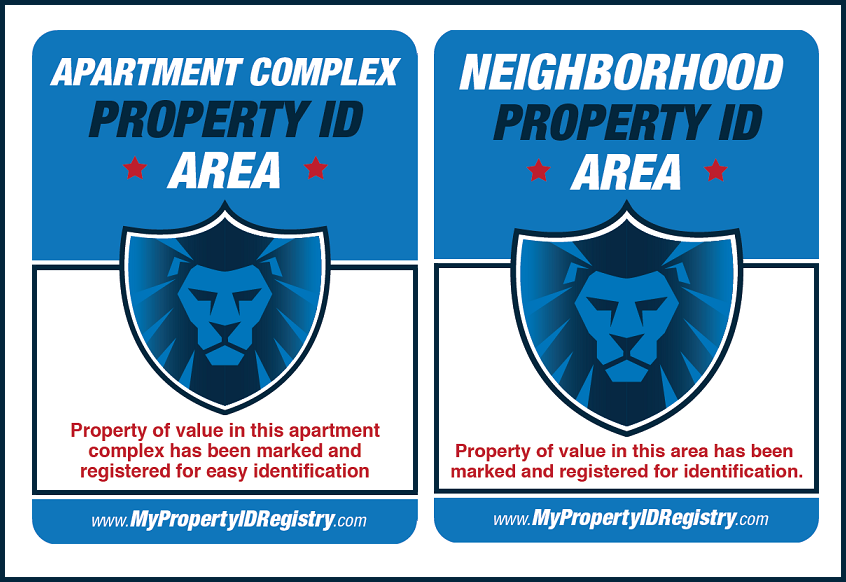A commitment to our neighborhoods —
Because of our ability to map the location of homes and businesses, we are proposing that for every pocket of 20 customers who purchase our security kit, a sign will be provided to the public works department to be erected in a prominent location in that area. The evidence is in. Since 1979, Operation Identification has been embraced by police, sheriffs and the FBI. By utilizing this strategy, burglars will be deterred, police will make more arrests, and lost property will be easily returned.
Retiring Neighborhood Watch
Neighborhood Watch and Operation Identification were both rolled out around the same time in the 1960s and 1970s. Both Neighborhood Watch and Operation Identification grew out of a concern by community leaders that citizens were not adequately engaging or interacting with their neighbors in pro-socials ways. The Kitty Genovese murder was the spark that led to the development of Neighborhood Watch and Operation Identification.
Neighborhood Watch does not work well. There have been national debates about abuse-of-power by Neighborhood Watch participants. But the main reason it is failing is due the time it takes police to organize training sessions and the lack of organization among citizens to complete the training. Some communities still use it, but most communities have moved to the Neighborhood Association model. The old Neighborhood Watch signs are fading away as leaders debate the next step.

Giving Operation Identification primacy
The old Operation Identification strategy has its drawbacks too. Participants are required to etch a driver’s license number into valuables then write down serial numbers on a sheet of paper and post warning signs. All of which is cumbersome, inconvenient and time consuming. This YouTube videos show how the new strategy works. My Property ID advertisement
The underlying theory of Operation Identification is valid and sound, and law enforcement professionals continue to support its use. It has been our goal to modernize the Operation Identification strategy by using the internet.
A private sector solution
We have privatized an invaluable service that law enforcement professionals could not get citizens to embrace. Our goal has been to make the product a DIY for property owners, removing the police from the installation phase. Another goal has been to involve Good Samaritans in the return of lost and stolen property, leaving the police more time to focus on bigger issues.

